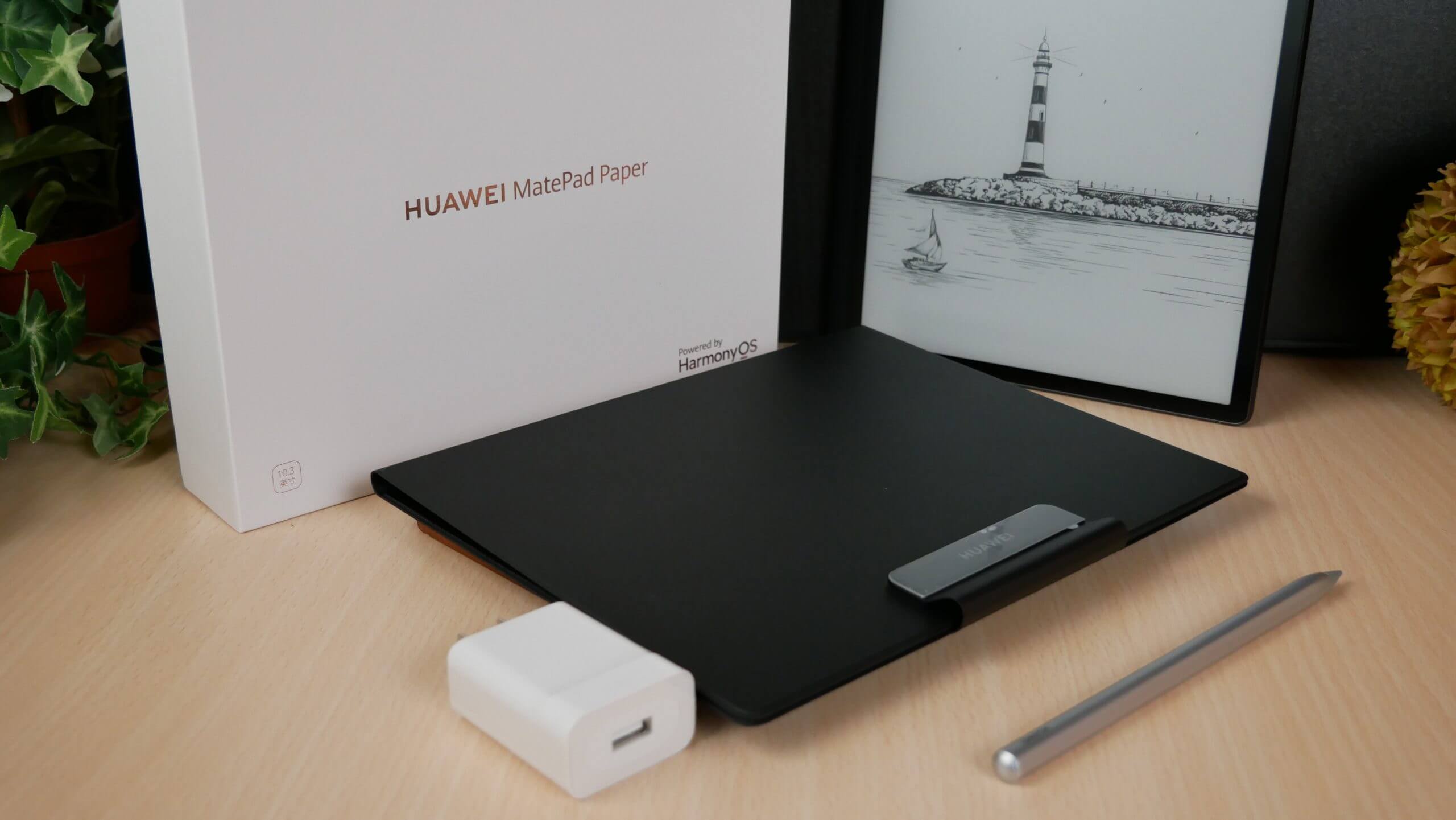One of the biggest draws with some of the more recent Apple hardware releases has been the Liquid Retina XDR display. The same has made it to the 5th generation 12.9-inch iPad Pro launched about a year ago followed by the MacBook Pro launched in November last year. Needless to say, the display proved to be a hit thanks to its excellent P3 color gamut along with a vastly improved contrast ratio. The result is a display that is stunning in effect while offering rich and vivid colors.
While that is great, the Liquid Retina XDR display might seem an outlandish or exotic term for some new kind of display technology. However, that isn’t the case given that the Liquid Retina XDR display is just Apple-speak for what otherwise is known in industry circles as an LCD panel with full-array local dimming mini-LED having true HDR feature.
So, in effect, what you have are LEDs that are smaller and more in number packed in zones all of which again can be controlled individually, something that ensures a higher contrast ratio. This is unlike previous displays where the LEDs were less in number and bigger in size which remained on irrespective of the content that is displayed.
Needless to say, this led to the contrast ratio to suffer so that the blacks aren’t as black and whites as white as it is with the mini LED or the Liquid Retina XDR display that Apple prefers to call it. The Retina aspect, on the other hand, refers to a resolution high enough for the pixels to not be identifiable individually with the naked eye when viewed from a normal viewing range. No wonder, the high-resolution displays on the latest iPad Pro and the MacBook Pro devices having a high – 120 Hz – refresh rate – are a feast on the eyes.
OLED, on the other hand, is a different ballgame altogether in that it does not require any backlight. Instead, it relies on organic compounds to generate the light which illuminates the display. However, both LCD and OLED have their own positives and negatives. For instance, LCD can achieve higher levels of brightness compared to OLED. Besides, LCD is less likely to suffer from burn-in as well. That said, LCD panels often have a ghosting effect, which refers to pixels trailing a moving object. Meanwhile, Apple uses the term Super Retina (XDR) to describe its version of OLED displays.
With a keen interest in tech, I make it a point to keep myself updated on the latest developments in technology and gadgets. That includes smartphones or tablet devices but stretches to even AI and self-driven automobiles, the latter being my latest fad. Besides writing, I like watching videos, reading, listening to music, or experimenting with different recipes. The motion picture is another aspect that interests me a lot, and I'll likely make a film sometime in the future.

